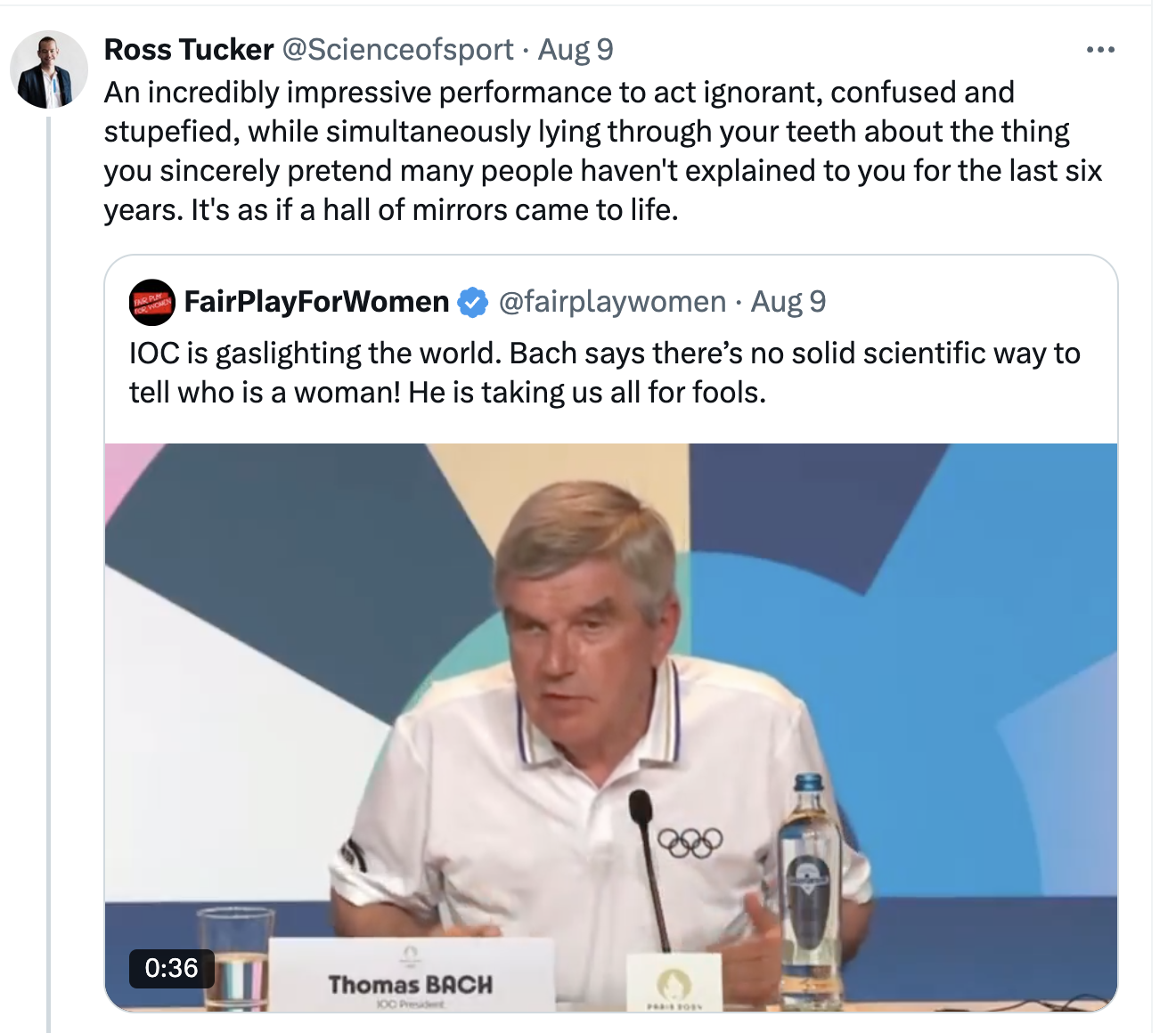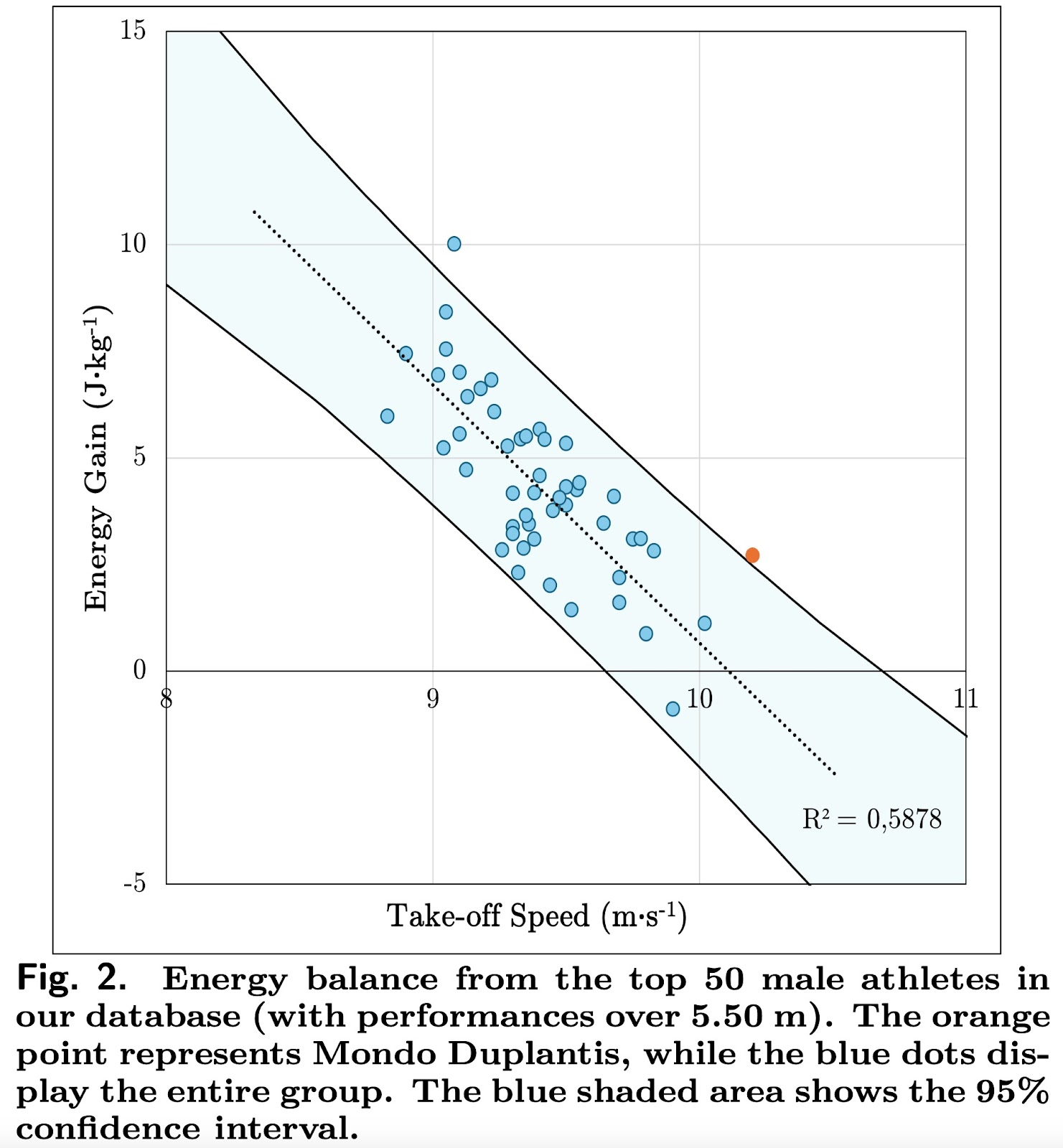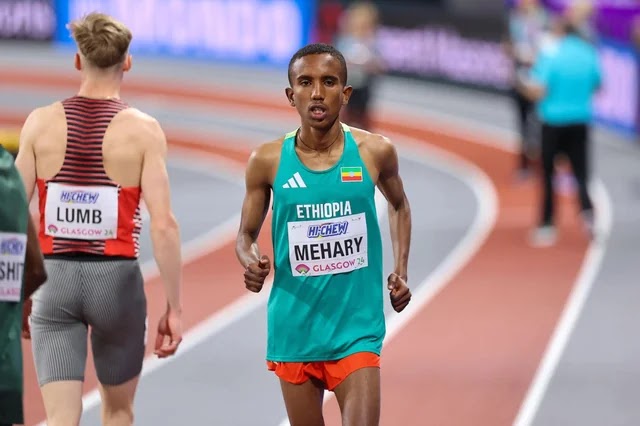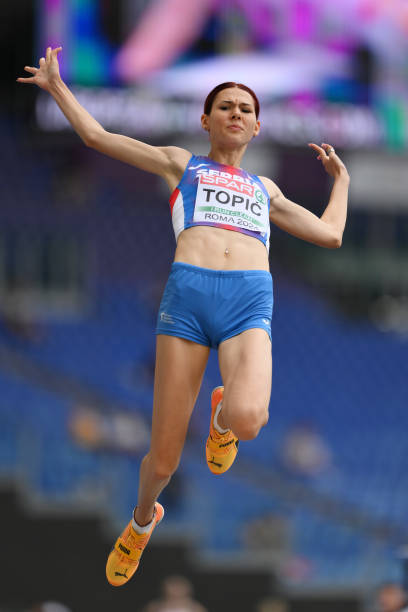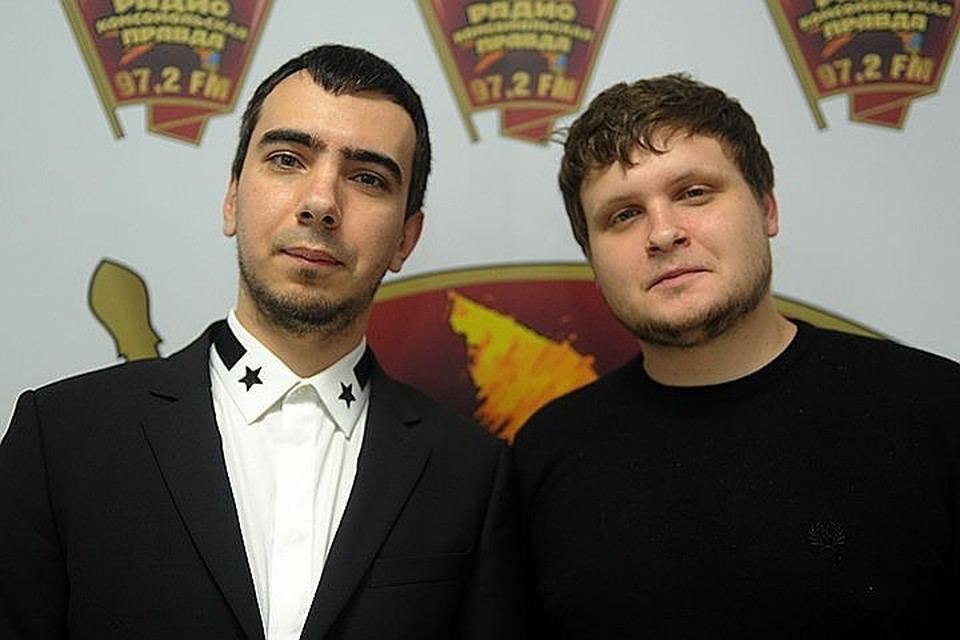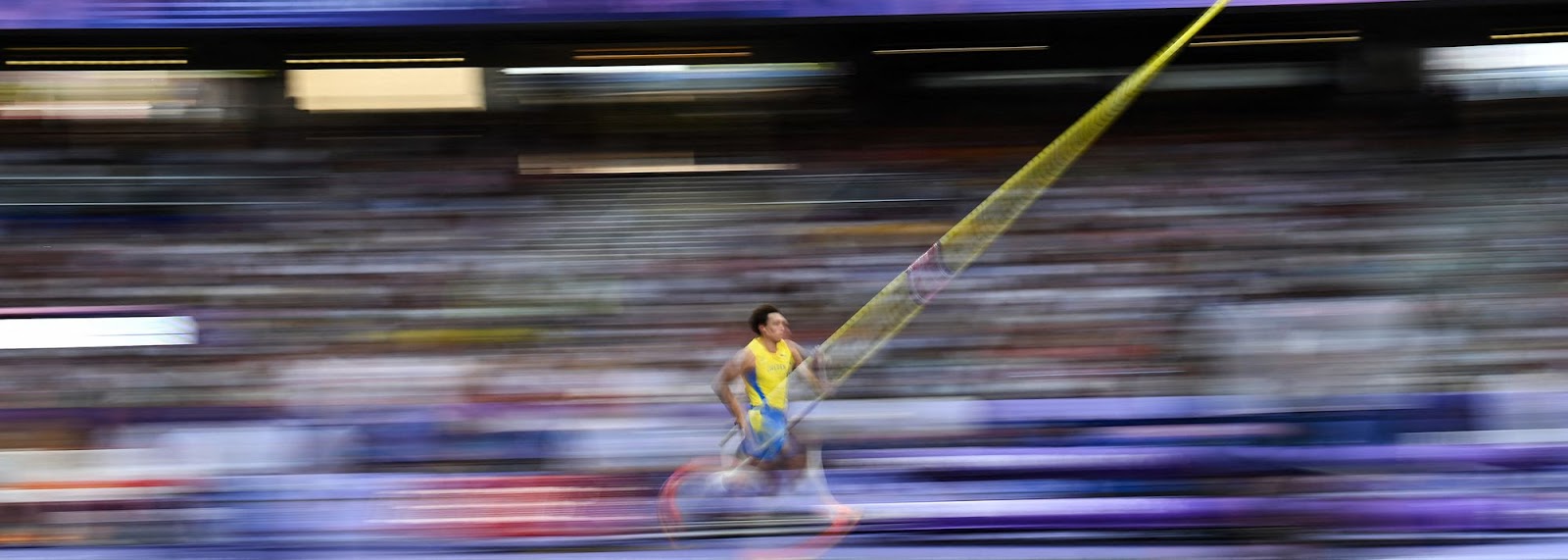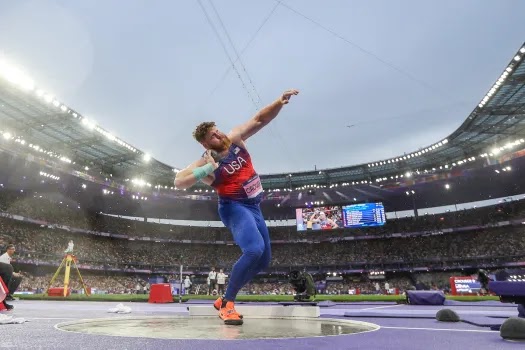The good
The year at the midpoint between two olympiads is usually a low-tone one. Of course, there is always the Diamond League and it's the year where the continental championships can gather the discipline's elite, at least as far as European championships are concerned. By introducing the Ultimate Championship, World Athletics offers to the best athletes of the world one more occasion to shine.
And it is clear that they will come, not only for glory but also for the prizes which are really very substantial: the champions will receive 150000 $, the total prize budget being 10 dollars.
Having a championship in mid-September will necessarily push the Diamond League meetings to earlier dates, making it a rather short season for the vast majority of athletes.
Also, it was announced that the selection will be based primarily on world rankings. I don't know how "primarily" is to be understood in this context, but I am always wary when there is a question of world rankings.
The only good thing with such a selection is that the athletes will not have to be subjected to national trials and can focus exclusively on the championships.
The bad
Things start getting bad is when it comes to the events program and in particular the field ones.
I don't have any remark concerning the track individual events: 100 m, 200 m, 400 m, 800m, 1500 m, 5000 m, 100 m/110 m hurdles, 400 m hurdles. It is not clear yet which distances will be run in direct final and which in semis and final. There will probably be semis up to 800 m and direct final for the 5000 m, with the 1500 m being a question mark.
But the choice of field disciplines is really strange. Pole vault, high jump and long jump are OK, but why is there a women's only triple jump? (Probably Lord Sebastian is a fan of Y. Rojas who would be coming back after a year spent backstage due to injury).
Adding the men's event wouldn't have burdened the timing. But perhaps the sponsors had put a strict limit to the number of events.
The ugly
But where things are really ugly it's with the throws. Who in their right mind could select javelin throw, a discipline where there has been a single 70+ woman's throw over the past decade (M.Andrejczyk 71.40 m in 2021) and where 2/3 of the men's 90+ throws are more than a decade old? Discus, both men's and women's would have been a far better choice.
As for the choice of men's hammer throw it's a real mystery. There is just one great hammer thrower today: E. Katzberg. Fajdek and Nowicki have been great in their day but are reaching the end of their careers. Perhaps World Athletics chose the discipline to please the Hungarian organisers. Let's not forget that B. Halasz was third in the Doha, 2019 and the Budapest,2023 World's and second in this year's Olympics (and also second in the Europeans in 2022 and 2024). But, in my eyes, the men's shot put would have been a far better choice.
Having criticised the choice of the field events I would like to conclude my article on a more positive note. It concerns the relays. Back in 2017 I published a post entitled "Mixed relays, hurrah", celebrating the introduction of the 4x400 m mixed race in the program of the World Relays. The event is thriving, being now part of both the World Championships and the Olympics program. Moreover the fact that the order of the runners is fixed (man-woman-man-woman) had made the event much easier to follow.
But in that article I was also making a wish (a prophesy?). I was writing:
Speaking of mixed relays it's the 4x100 m that I would like to see even more than the 4x400 m. The short relay depends crucially on delicately balancing the speeds of the two runners at the exchange of the baton. So, adding the extra difficulty of different top speeds for male and female runners would make this event even more challenging. I cross my fingers for such an event to become part of official competitions.
And now WA has added the mixed 4x100 m to the Ultimate Championships program. I am impatient to see how this event will turn out in real-life conditions. And I guess that we will not have to wait till 2026. The countries that would like to qualify are well advised to start preparing, organising mixed 4x100 m relays at national level. (And I am curious to see if the US team who is botching two out of three competitions with the men's 4x100 m relay will fare better with the team stabilised by the female presence).
In case you were wondering, there has never been any thought about a combined event in the form, say, of a triathlon. A speed-force event with long jump, shot put and 400 m or a more technical one with long jump, javelin and 110 hurdles would be compatible with the highly focused program of the Ultimate Championship and would be a recognition of the combined event stars. But, of course, one can dream.





